An Excel add-in allows you to extend Excel application functionality across multiple platforms including Windows, Mac, iPad, and in a browser. Use Excel add-ins within a workbook to:
- Interact with Excel objects, read and write Excel data.
- Extend functionality using web based task pane or content pane
- Add custom ribbon buttons or contextual menu items
- Add custom functions
- Provide richer interaction using dialog window
The Office Add-ins platform provides the framework and Office.js JavaScript APIs that enable you to create and run Excel add-ins. By using the Office Add-ins platform to create your Excel add-in, you'll get the following benefits.
- Cross-platform support: Excel add-ins run in Office on the web, Windows, Mac, and iPad.
- Centralized deployment: Admins can quickly and easily deploy Excel add-ins to users throughout an organization.
- Use of standard web technology: Create your Excel add-in using familiar web technologies such as HTML, CSS, and JavaScript.
- Distribution via Microsoft Marketplace: Share your Excel add-in with a broad audience by publishing it to Microsoft Marketplace.
Note
Excel add-ins are different from COM and VSTO add-ins, which are earlier Office integration solutions that run only in Office on Windows. Unlike COM add-ins, Excel add-ins don't require you to install any code on a user's device, or within Excel.
Components of an Excel add-in
An Excel add-in includes two basic components: a web application and a configuration file, called a manifest file.
The web application uses the Office JavaScript API to interact with objects in Excel, and can also facilitate interaction with online resources. For example, an add-in can perform any of the following tasks.
- Create, read, update, and delete data in the workbook (worksheets, ranges, tables, charts, named items, and more).
- Perform user authorization with an online service by using the standard OAuth 2.0 flow.
- Issue API requests to Microsoft Graph or any other API.
The web application can be hosted on any web server, and can be built using client-side frameworks (such as Angular, React, jQuery) or server-side technologies (such as ASP.NET, Node.js, PHP).
The manifest is a configuration file that defines how the add-in integrates with Office clients by specifying settings and capabilities such as:
- The URL of the add-in's web application.
- The add-in's display name, description, ID, version, and default locale.
- How the add-in integrates with Excel, including any custom UI that the add-in creates (ribbon buttons, context menus, and so on).
- Permissions that the add-in requires, such as reading and writing to the document.
To enable end users to install and use an Excel add-in, you must publish its manifest either to Microsoft Marketplace or to an add-ins catalog. For details about publishing to Microsoft Marketplace, see Make your solutions available in Microsoft Marketplace and within Office.
Capabilities of an Excel add-in
In addition to interacting with the content in the workbook, Excel add-ins can add custom ribbon buttons or menu commands, insert task panes, add custom functions, open dialog boxes, and even embed rich, web-based objects such as charts or interactive visualizations within a worksheet.
Add-in commands
Add-in commands are UI elements that extend the Excel UI and start actions in your add-in. You can use add-in commands to add a button on the ribbon or an item to a context menu in Excel. When users select an add-in command, they initiate actions such as running JavaScript code, or showing a page of the add-in in a task pane.
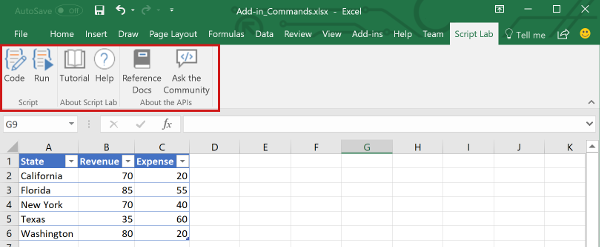
For more information about command capabilities, supported platforms, and best practices for developing add-in commands, see Add-in commands for Excel, Word, and PowerPoint.
Task panes
Task panes are interface surfaces that typically appear on the right side of the window within Excel. Task panes give users access to interface controls that run code to modify the Excel document or display data from a data source.
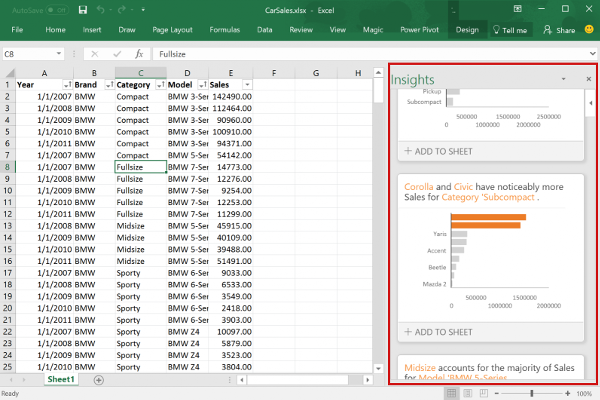
For more information about task panes, see Task panes in Office Add-ins. For a sample that implements a task pane in Excel, see Excel Add-in JS WoodGrove Expense Trends.
Custom functions
Custom functions enable developers to add new functions to Excel by defining those functions in JavaScript as part of an add-in. Users within Excel can access custom functions just as they would any native function in Excel, such as SUM().
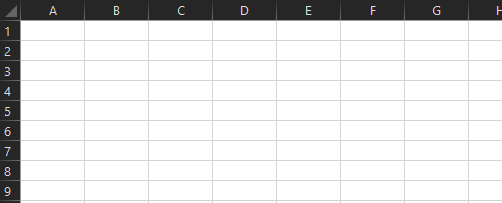
For more information about custom functions, see Create custom functions in Excel.
Dialog boxes
Dialog boxes are surfaces that float above the active Excel application window. You can use dialog boxes for tasks such as displaying sign-in pages that can't be opened directly in a task pane, requesting that the user confirm an action, or hosting videos that might be too small if confined to a task pane. To open dialog boxes in your Excel add-in, use the Dialog API.
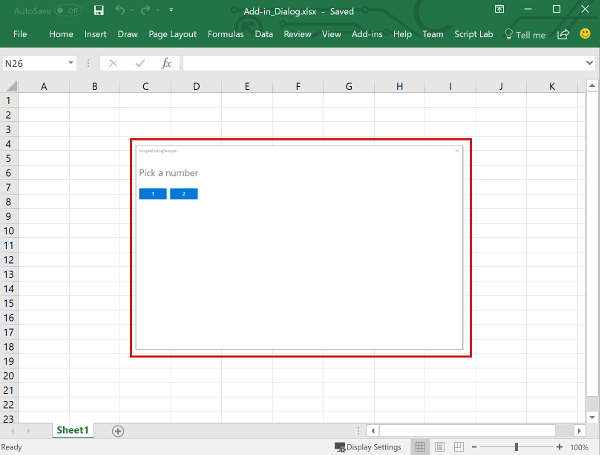
For more information about dialog boxes and the Dialog API, see Use the Dialog API in your Office Add-ins.
Content add-ins
Content add-ins are surfaces that you can embed directly into Excel documents. You can use content add-ins to embed rich, web-based objects such as charts, data visualizations, or media into a worksheet or to give users access to interface controls that run code to modify the Excel document or display data from a data source. Use content add-ins when you want to embed functionality directly into the document.
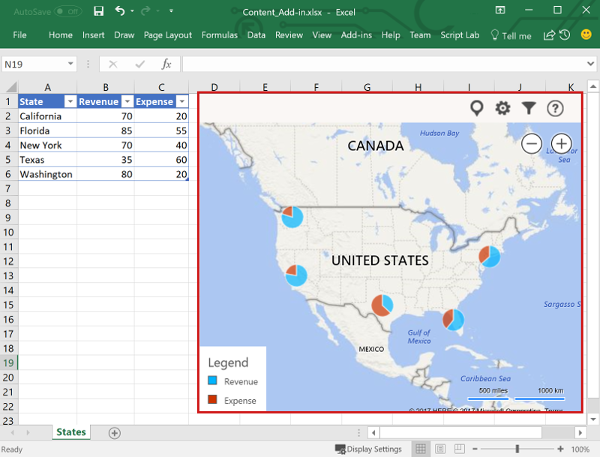
For more information about content add-ins, see Content Office Add-ins. For a sample that implements a content add-in in Excel, see Excel content add-in: Humongous Insurance in GitHub.
JavaScript APIs to interact with workbook content
An Excel add-in interacts with objects in Excel by using the Office JavaScript API, which includes two JavaScript object models:
Excel JavaScript API: Introduced with Office 2016, the Excel JavaScript API provides strongly-typed Excel objects that you can use to access worksheets, ranges, tables, charts, and more.
Common API: Introduced with Office 2013, the Common API enables you to access features such as UI, dialogs, and client settings that are common across multiple types of Office applications. The limited functionality for Excel interaction in the Common API has been replaced by the Excel JavaScript API.
Next steps
Get started by creating your first Excel add-in. Then, learn about the core concepts of building Excel add-ins.
See also
Office Add-ins